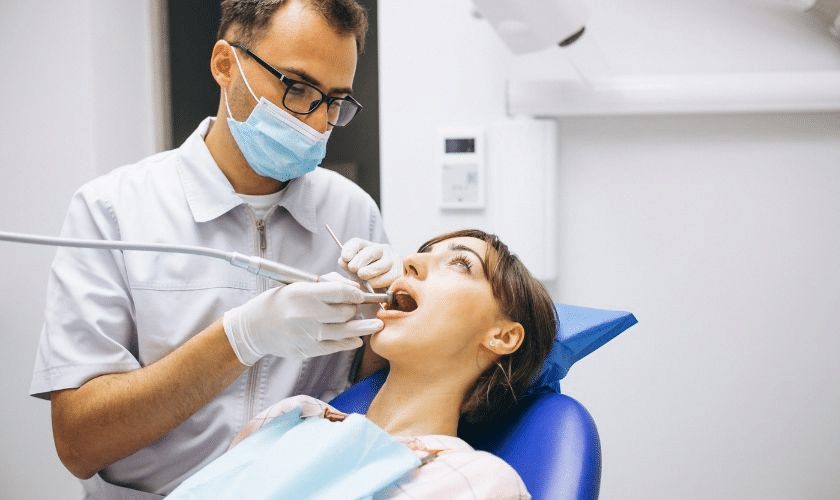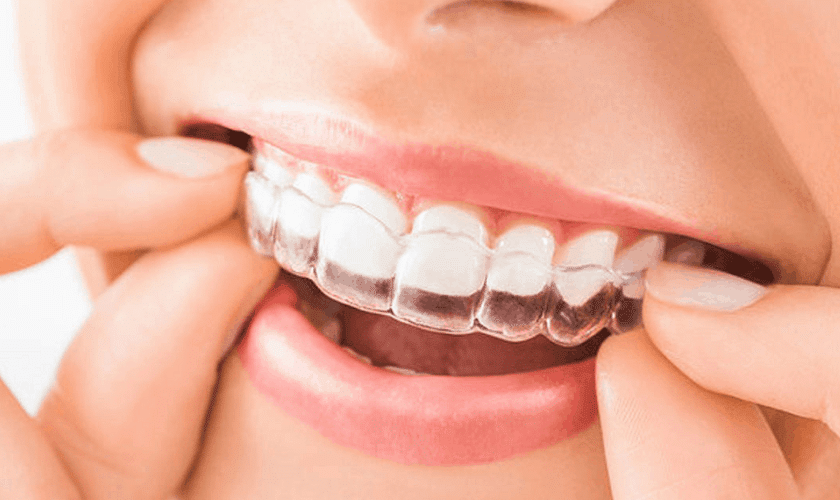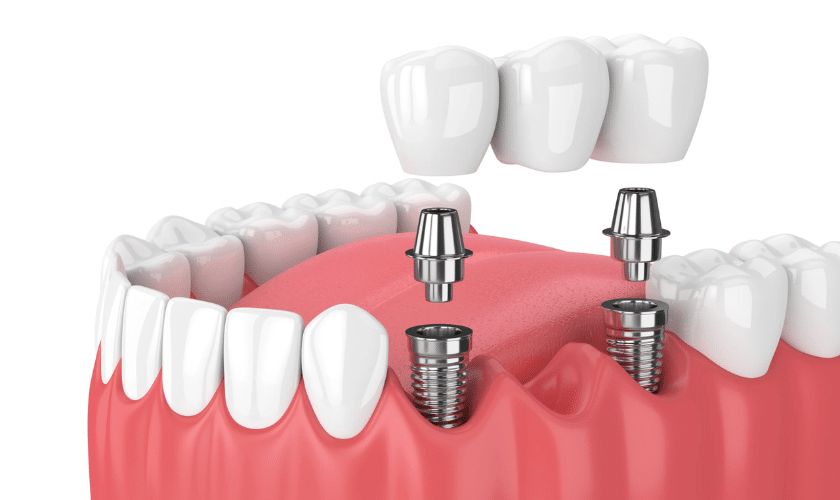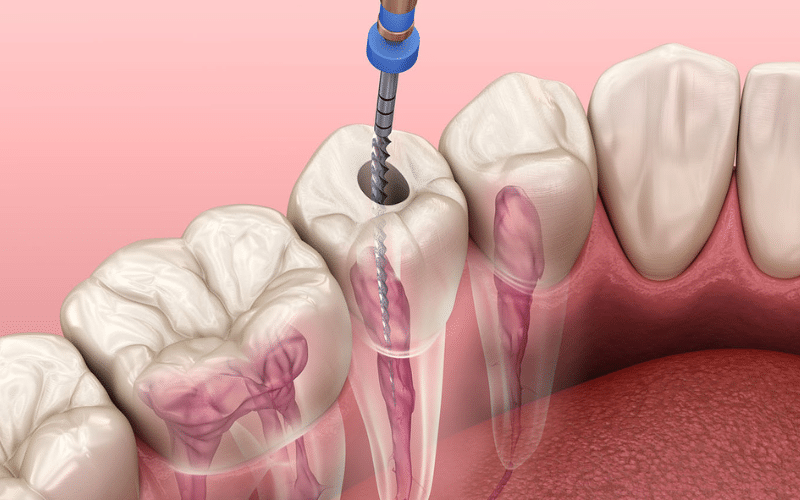
Are you experiencing intense tooth pain? Do you avoid eating on one side of your mouth because it’s too sensitive? If so, there’s a chance that you might need a root canal treatment. But the word “root canal” can be scary and intimidating for some people. Don’t worry! Non-surgical root canal treatments are available and they’re less invasive than traditional surgical procedures. In this blog post, we’ll guide you through what non-surgical root canal treatment is, the types of non-surgical treatments available, how it’s done step-by-step, and what to expect after the procedure. So sit back, relax, and let us take away any fears or doubts about non-surgical root canal treatment!
What is a Non-surgical Root Canal Treatment?
A non-surgical root canal treatment, also known as “root canal therapy,” is a procedure that aims to save a tooth with severe decay or infection without the need for surgery. In this type of treatment, the dentist removes the infected pulp and cleanses and disinfects the root canals inside your tooth.
The pulp is made up of nerves, blood vessels, and connective tissues which are responsible for providing nutrients to your teeth. However, when it gets infected or inflamed due to deep cavities or trauma, it can cause severe pain and eventually lead to tooth loss if left untreated.
Non-surgical root canal therapy is usually performed under local anesthesia by an endodontist (a specialist in treating dental problems related to the pulp) who uses specialized tools such as files and irrigation solutions to remove any damaged tissue. After cleaning out the canals thoroughly, they fill them with gutta-percha – biocompatible material that seals off any remaining bacteria from re-entering your tooth.
This type of treatment has many benefits over traditional surgical procedures: it’s less invasive than conventional methods since there’s no need for incisions or sutures; its quicker healing time means you’ll be back on your feet sooner after leaving our office!
Types of Non-surgical Root Canal Treatment
When it comes to non-surgical root canal treatment, there are two types: primary and secondary.
Primary root canal therapy is performed on a tooth with an infected pulp that has not been previously treated. It involves removing the infected pulp tissue from the inside of the tooth and then cleaning and shaping the root canals before filling them with a biocompatible material.
Secondary or retreatment involves redoing a previous root canal on a tooth that did not heal properly or developed new problems. In this case, the old filling material is removed, and any additional infection or damaged tissue is cleared away before re-filling the canals.
Both types of non-surgical treatments require skillful precision by an endodontist who specializes in diagnosing and treating issues with dental pulp. While primary therapy may be sufficient for some patients, others may need retreatment if their symptoms persist.
It’s important to note that while both procedures share many similarities, each one varies based on individual patient needs. Your dentist will determine which type of non-surgical treatment is right for you after examining your teeth through X-rays and other diagnostic tests.
How is a Non-surgical Root Canal Treatment Done?
Non-surgical root canal treatment, also known as endodontic therapy, is a dental procedure that removes infected or damaged pulp from inside the tooth. The process involves cleaning and shaping the root canals before filling them with a material called gutta-percha to seal the space.
Before starting the procedure, your dentist will numb the affected area using local anesthesia. This ensures that you do not feel any pain during the procedure. Once you are comfortable, your dentist will use special tools to access and remove the infected or inflamed pulp from inside your tooth.
Next, they will clean and shape each of your root canals using small files to ensure all bacteria and decayed tissue are removed. During this step, irrigation solutions may be used to help flush away debris.
Afterward, your dentist fills each cleaned canal with gutta-percha material before sealing it off with cement-like adhesive materials. This helps prevent future infections by keeping harmful bacteria out of these areas.
Non-surgical root canal treatment is an effective way of saving teeth that would otherwise need extraction due to damage or infection in their roots. Understanding how it’s done gives patients insight into what they should expect when they undergo this vital dental procedure.
What to Expect After a Non-surgical Root Canal Treatment
After a non-surgical root canal treatment, it is important to take care of your teeth and gums to prevent any complications. You may experience some discomfort and sensitivity for a few days after the procedure, but this should subside with time.
It is normal to feel some tenderness in the area that was treated. Over-the-counter pain relievers can help alleviate any discomfort you may be experiencing. You should also avoid chewing on hard or sticky foods until the tooth has fully healed.
You may also notice some swelling around the affected tooth, which can be managed by applying an ice pack to your cheek for 10-15 minutes at a time several times a day.
If you were prescribed antibiotics before or after the procedure, make sure to follow your dentist’s instructions carefully. It is important not to skip any doses even if you start feeling better as this can lead to antibiotic resistance.
In most cases, patients are able to resume their normal daily activities immediately following a non-surgical root canal treatment. However, if you experience persistent pain or swelling or have any concerns about your recovery process, don’t hesitate to contact your dentist for further guidance. Non-surgical root canal treatment is a highly effective procedure that saves a tooth from extraction. It involves removing the infected pulp tissue and filling the tooth with a rubber-like material called gutta-percha. Non-surgical root canal treatments are typically done in one or two appointments, depending on the complexity of the case.
It’s important to take good care of your teeth after a non-surgical root canal treatment to ensure long-term success. Brush and floss regularly, avoid hard or crunchy foods for a few days after the procedure, and attend follow-up appointments as recommended by your dentist.
If you’re experiencing tooth pain or sensitivity, don’t delay seeking dental treatment. Early intervention can prevent more serious complications down the line. Talk to your dentist about whether non-surgical root canal treatment might be right for you.





